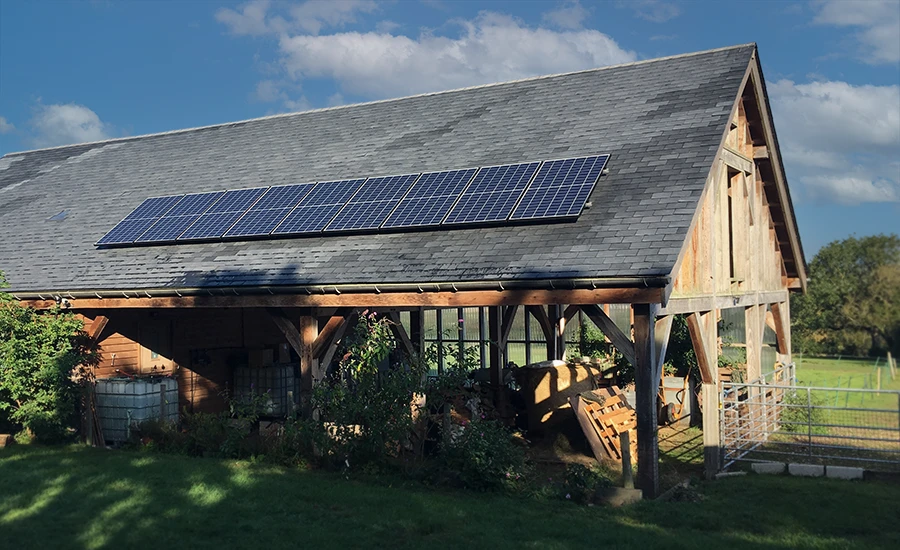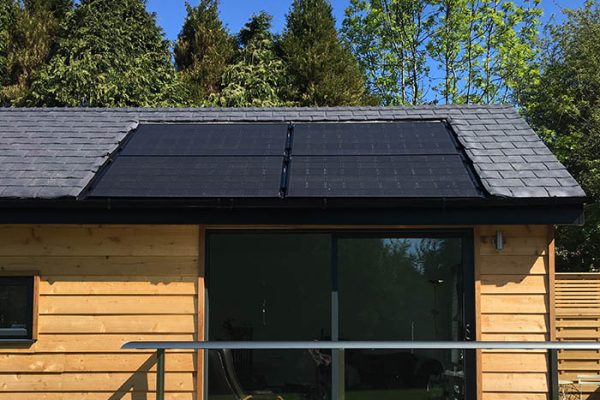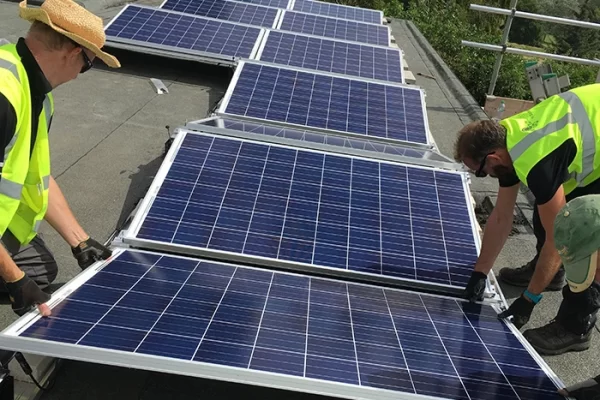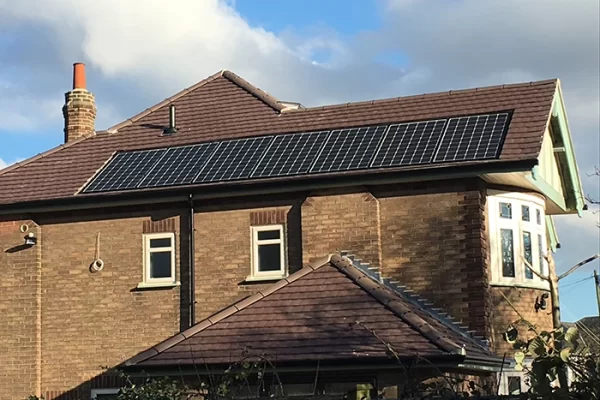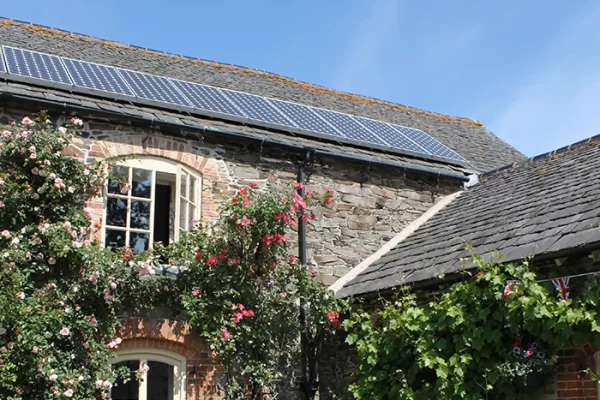Trusted installers of solar energy systems
Find out more
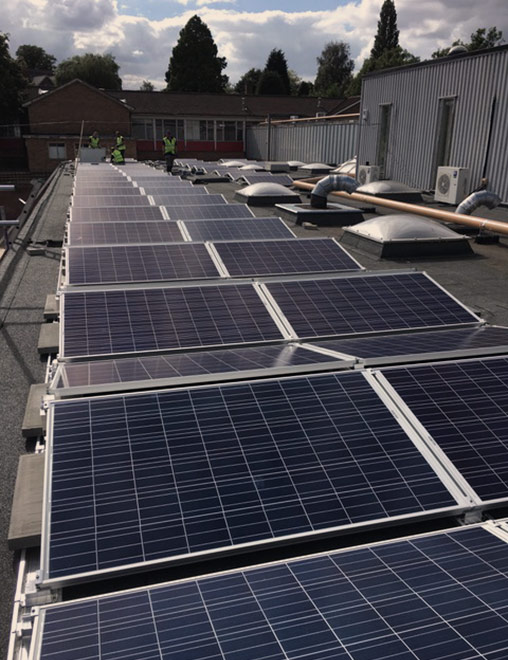
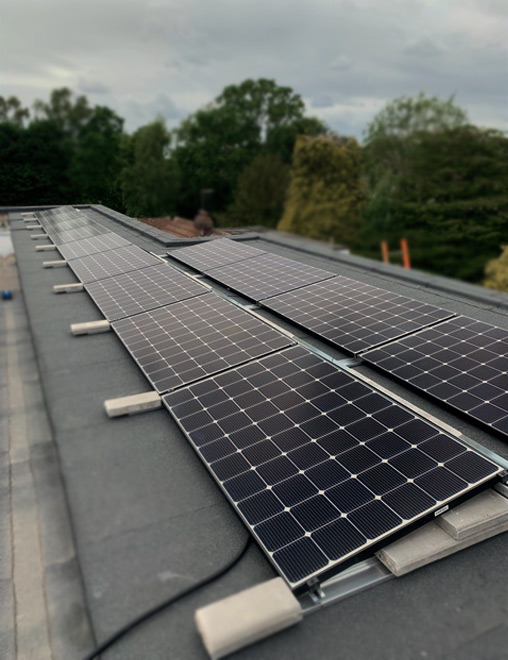
How can we help?
Homeowners
As the cost of electricity rises it makes financial sense to install Solar PV at home. PV is a technology that is suitable for most homes in the UK. Once up and running, the system will provide free electricity during the day, store in a battery to use later, or sell back to the National Grid.
Businesses
Let us help you turn your roof into an economic and environmental asset. Mounting Solar PV on the roof of your premises is a great way of generating clean, carbon free electricity to use onsite.
Communities
Community-led sustainable energy projects are on the increase across the UK, and Run by the Sun Director, Simon Butt is passionate about helping organisations benefit from Solar PV technology, regardless of the size of the project.
Solar panel installation: your world run by the sun
With a combination of high-performance PV solar panels and inverters, exceptional safety, advanced monitoring and smart home energy management; you can save money and power your home with green, future-ready solar technology.
Power your home with solar
Homeowners can maximise the value of this free electricity by using household appliances such as dishwashers and washing machines during the day. Using the system in this way, homeowners can maximise self-consumption whilst reducing their own carbon footprint.
Discover
Off grid solar
Off-grid solar systems provide you with electrical power at a location that is not connected to the National Grid. It is a great solution to your energy and electricity requirements particularly if you’re living in a remote location.
Discover